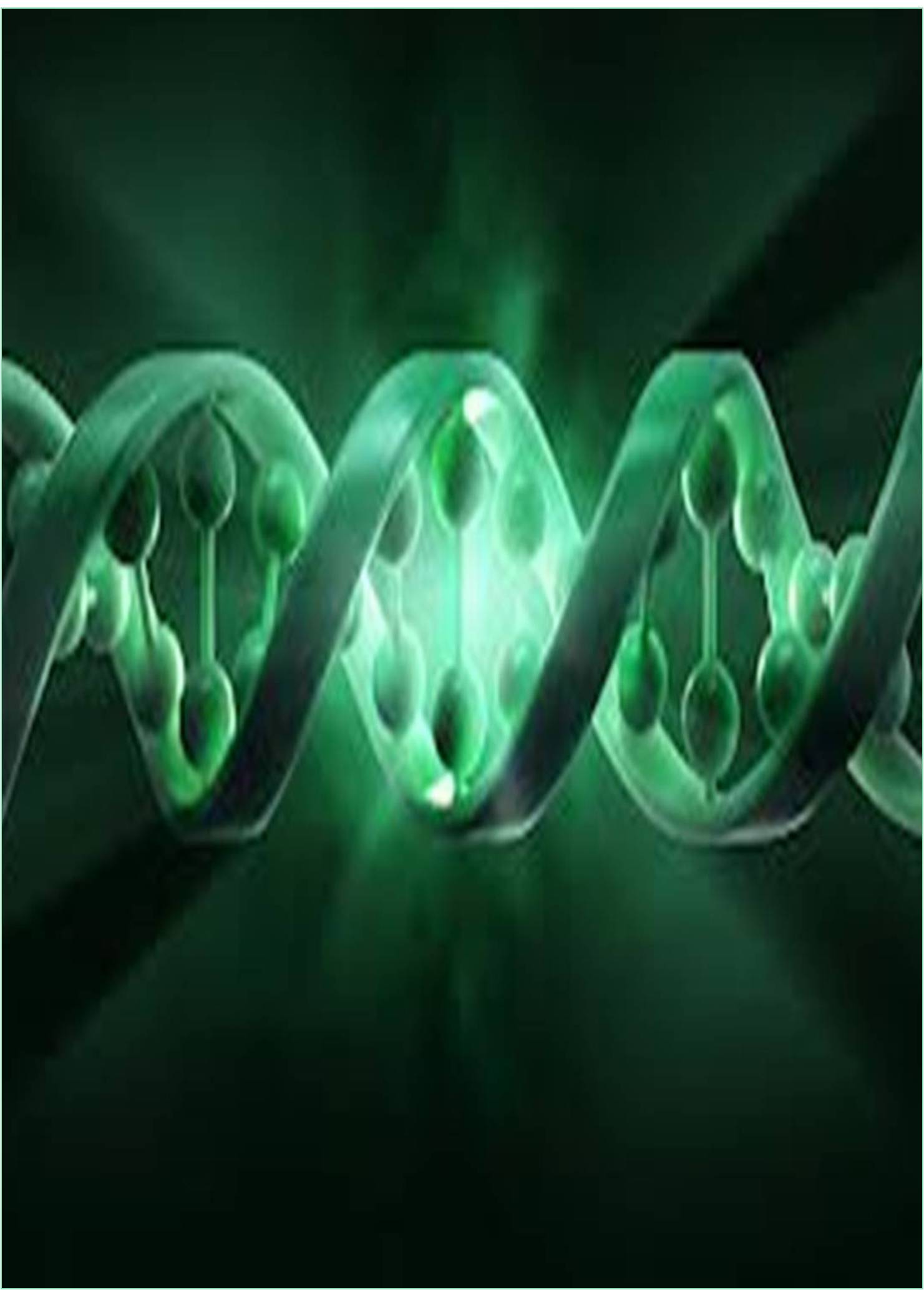



Received: 28-Jan-2022, Manuscript No. GJMEG-22-64881; Editor assigned: 31-Jan-2022, Pre QC No. GJMEG-22-64881(PQ); Reviewed: 15-Feb-2022, QC No. GJMEG-22-64881; Revised: 23-Feb-2022, Manuscript No. GJMEG-22-64881(R); Published: 01-Mar-2022, DOI: 10.15651/GJMEG.22.08.002.
The main forces directing long-term molecular evolution remain uncertain. A sizable fraction of amino-acid substitutions seem to be fixed by positive selection but it is unclear to what degree long-term protein evolution is constrained by epistasis, that is, instances when substitutions that are accepted in one genotype are deleterious in another (Asthana et al. 2007). Here we obtain a quantitative estimate of the prevalence of epistasis in long-term protein evolution by relating data on amino-acid usage in 14 organelle proteins and 2 nuclear-encoded proteins to their rates of short-term evolution.
We studied multiple alignments of at least 1,000 orthologous for each of these 16 proteins from species from a diverse phylogenetic background and found that an average site contained approximately eight different amino acids.
Atomic Characterization
The atoms in all substances that contain multiple atoms are held together by electrostatic interactions and there interactions between electrically charged particles such as protons and electrons. Electrostatic attraction between oppositely charged species are positive and negative results in a force that causes them to move toward each other, like the attraction between opposite poles of two magnets (Azevedo et al. 2002). In contrast, electrostatic repulsion between two species with the same charge that is either both positive and both negative, results in a force that causes them to repel each other, as do the same poles of two magnets. Atoms form chemical compounds when the attractive electrostatic interactions between them are stronger than the repulsive interactions (Bachtrog 2003). Collectively, the attractive interactions between atoms are called chemical bonds.
Chemical Classification
Chemical bonds are generally divided into two fundamentally different types: ionic and covalent. In reality, however, the bonds in most substances are neither purely ionic nor purely covalent, but lie on a spectrum between these extremes (Bachtrog et al. 2004). Although purely ionic and purely covalent bonds represent extreme cases that are seldom encountered in any but very simple substances, a brief discussion of these two extremes helps explain why substances with different kinds of chemical bonds have very different properties (Daeschler et al. 2006). Ionic compounds consist of positively and negatively charged ions held together by strong electrostatic forces, whereas covalent compounds generally consist of molecules, which are groups of atoms in which one or more pairs of electrons are shared between bonded atoms (Eichler et al. 2003). In a covalent bond, atoms are held together by the electrostatic attraction between the positively charged nuclei of the bonded atoms and the negatively charged electrons they share. This discussion of structures and formulas begins by describing covalent compounds (Galtier et al. 1999). The energetic factors involved in bond formation are described in more quantitative detail in later.
There are two fundamentally different kinds of chemical bonds (covalent and ionic) that cause substances to have very different properties (Iida et al. 2000). The atoms in chemical compounds are held together by attractive electrostatic interactions known as chemical bonds. The molecular formula of a covalent compound gives the types and numbers of atoms present (Ingelmen 2005). Compounds that contain predominantly carbon and hydrogen are called organic compounds, whereas compounds that consist primarily of elements other than carbon and hydrogen are inorganic compounds. Diatomic molecules contain two atoms, and polyatomic molecules contain more than two. A structural formula indicates the composition and approximate structure and shape of a molecule (Jeffreys et al. 2004). Covalent molecular compounds, in contrast, consist of discrete molecules held together by weak intermolecular forces and can be gases, liquids, or solids at room temperature and pressure.
Asthana S, Noble WS, Kryukov G, Grant CE, Sunyaev S, Stamatoyannopoulos JA (2007). Widely distributed noncoding purifying selection in the human genome. Proc Natl Acad Sci.104(30):12410-5. [cross ref] [Google Scholar] [Pubmed]
Azevedo RB, Keightley PD, Laurén-Määttä C, Vassilieva LL, Lynch M, Leroi AM(2002). Spontaneous mutational variation for body size in Caenorhabditis elegans. Nat Genet ISSN.162(2):755-65. [cross ref] [Google Scholar] [Pubmed]
Bachtrog D(2003). Adaptation shapes patterns of genome evolution on sexual and asexual chromosomes in Drosophila. Nat Genet. 34(2):215-9. [cross ref] [Google Scholar] [Pubmed]
Bachtrog D, Gordo I(2004). Adaptive evolution of asexual populations under Muller's ratchet. Ecol Evol ECOL EV 58(7):1403-13. [cross ref] [Google Scholar] [Pubmed]
Daeschler EB, Shubin NH, Jenkins FA (2006). A Devonian tetrapod-like fish and the evolution of the tetrapod body plan. NATURE 440(7085):757-63. [cross ref] [Google Scholar] [Pubmed]
Eichler EE, Sankoff D(2003). Structural dynamics of eukaryotic chromosome evolution. Science. 301(5634):793-7. [cross ref] [Google Scholar] [Pubmed]
Galtier N, Tourasse N, Gouy M(1999). A nonhyperthermophilic common ancestor to extant life forms. Science . 283(5399):220-1. [cross ref] [Google Scholar] [Pubmed]
Iida K, Akashi H (2000). A test of translational selection at ‘silent’sites in the human genome: base composition comparisons in alternatively spliced genes. cen. 261(1):93-105. [cross ref] [Google Scholar] [Pubmed]
Ingelman-Sundberg M (2005). Genetic polymorphisms of cytochrome P450 2D6 (CYP2D6): clinical consequences, evolutionary aspects and functional diversity. Pharmacogenomics J5(1):6-13. [cross ref] [Google Scholar] [Pubmed]
Jeffreys AJ, May CA (2004). Intense and highly localized gene conversion activity in human meiotic crossover hot spots. Nat Genet. 36(2):151-6. [cross ref] [Google Scholar] [Pubmed]